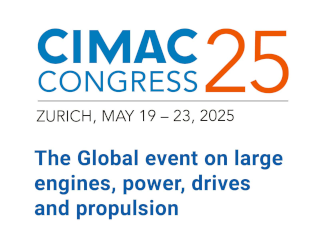
The global container shipping lines look b[ds_preview]ack at another difficult year. In 2016, average freight rates declined 7 %. However, the year was a two-tier one.
According to a report, today released by international shipping organization Bimco, the lines received an average rate 42 $ lower in 2016 than in 2015, if they operated in the spot market on all Shanghai Containerized Freight Index (SCFI) trade routes.
»This has primarily been due to the devastating low rates received in the first half of 2016, as the average rate received in H2 2016 was 22% higher than the rate received in H2 2015«, the report states. The freight rates managed to gain momentum through second half of 2016, due to measures taken from the shipping lines in terms of network optimisation, scrapping and more careful deployment around the peak season.
As the freight rates increased through second half of 2016, two third of the trades on the SCFI closed 2016 at a higher rate than in 2015 and three trade routes hit the highest USD per TEU for a week 52 in more than five years, those where trades from Shanghai to Santos, Durban and Australia/New Zealand, Bimco adds.

Chief Shipping Analyst Peter Sand comments: »Despite the average rate for 2016 is lower than 2015, 2016 might stand out for something positive, where the container shipping lines took some of the measures needed to adapt to the new normal, where the growth in demand is equal to the GDP.«
According to the report, the container shipping lines achieved a lower growth rate in supply higher than the demand growth for the first time since 2010, by using the tools they had at hand and consolidated, scrapped and postponed deliveries. »If the Trade-to-GDP-Multiplier stays at the current level and the International Monetary Fund is correct with their projection, the container shipping industry will be status quo in 2017 and the freight rates will most likely stay at the same level as last half of 2016. However, the container shipping lines will increasingly focus on reaping the benefits of consolidation and we will most certainly see their profits go up«, Sand adds.
He did not go into detail of the prospected fleet growth, which others see quite negative. Alphaliner for example released a report today, saying that we might see 3.4% growth of transport capacity, as deliveries will outpace scrapping 2 to 1.
US trades weigh on average earnings
The container shipping lines operating from Shanghai to Europe earned 66.56 $ more per TEU transported in 2016. The average freight rate for Europe in 2016 was thereby, the only of the major trade routes to surpass 2015 level.
Bimco says, for the US East Coast bound containers from Shanghai, the container shipping lines earned an average of 1,051.5 $ less per transported FEU in 2016 compared to 2015. It is the biggest decline in $ for any of the trades on the SCFI and as it weighs 20% in the index, similar to Europe, it is the main driver for a lower average freight rate in 2016 compared to 2015. For the containers exported to the US West Coast, the container shipping lines earned an average of 223.5 $ less per FEU in 2016.
Container freights rates in second half of 2016 does not revive intra-Asia Container shipping lines operating trade routes from Shanghai to South Korea, Taiwan, Hong Kong and Singapore all achieved a lower average rate for 2016 compared to 2015. The four trades did not experience similar increases in the rates, as the main trades during H2 2016 and remained on par with the poor H1 2016 level. »With the mergers and newly established alliances entering into force and the supply side handled with care, the container shipping industry will hopefully see better profits and fleet utilisation«, the report concludes.















